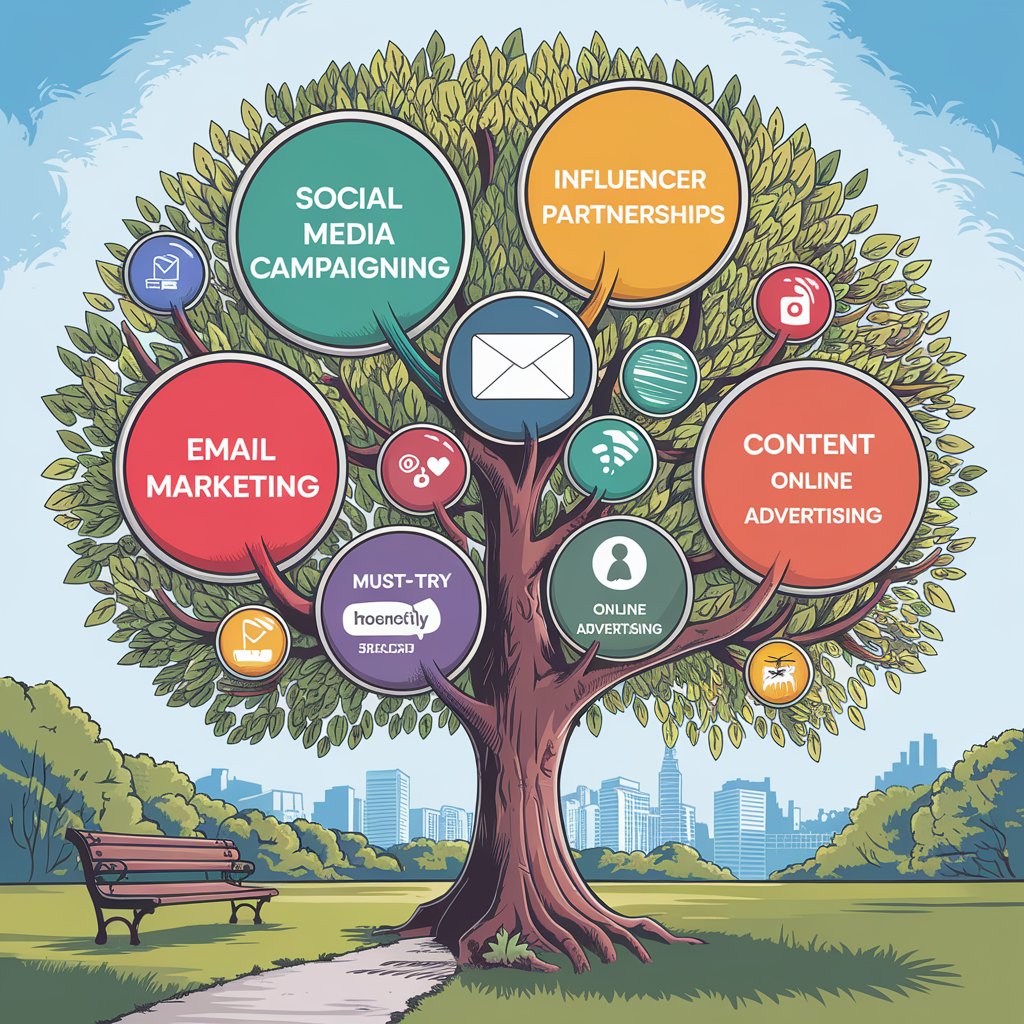Fostering services are essential for providing care, stability, and opportunities to vulnerable children and young people.
Yet, raising awareness about fostering, recruiting committed foster carers, and addressing common misconceptions can be challenging. Thoughtful, impactful marketing strategies are necessary to connect with communities, inspire trust, and motivate meaningful action, all while staying true to the mission of fostering organizations.
This guide explores practical and innovative strategies fostering organizations can use to build stronger campaigns, create meaningful connections, and amplify their impact.
Seeking Professional Support for Better Campaigns

Marketing fostering services comes with unique challenges. Partnering with professionals experienced in social impact marketing ensures your campaigns are effective, innovative, and mission-driven. There are a range of professional marketing agencies that help fostering services truly make a difference.
- Training your in-house team on digital marketing strategies or outsourcing campaign management can streamline your efforts. These experts can refine your messaging, optimize your digital presence, and develop campaigns that resonate with your target audience. For example, a professional team might recommend using SEO strategies to ensure your website ranks high in search results for terms like “fostering opportunities near me.”
Investing in professional support allows your team to focus on your core mission—providing care and stability to children—while your marketing efforts work to recruit the right carers.
Harnessing Content to Educate and Engage
Content marketing is a powerful way to educate potential foster carers, dispel myths, and provide actionable resources. When done effectively, it positions your organization as a trusted authority in the fostering space while fostering deeper emotional connections with your audience.
- A blog section on your website can serve as an educational hub. Topics such as “The Rewards of Being a Foster Carer,” “Understanding the Application Process,” and “Tips for Preparing Your Home for Foster Children” can provide in-depth insights to help potential carers feel informed and supported.
- Video content is particularly impactful for fostering campaigns. Short videos featuring foster carers sharing their experiences, children expressing how fostering changed their lives, or a day-in-the-life snapshot of foster families can resonate deeply with audiences. Pair these with strong calls to action, such as “Take the First Step Toward Fostering” or “Join Our Mission Today.”
- Offering downloadable guides, checklists, or FAQs can empower individuals with practical knowledge. For example, a guide titled “10 Steps to Becoming a Foster Carer” or “What to Expect in the First 30 Days of Fostering” can help remove uncertainties and encourage engagement.
The Power of Social Media for Building Community
Social media platforms are invaluable for fostering organizations, offering opportunities to connect with diverse audiences, showcase initiatives, and create a sense of community.
- In real time, interactive features such as live Q&A sessions or Instagram stories can address potential carers’ concerns. These sessions allow participants to feel heard and understood, increasing their likelihood of engagement. For example, a live session with current foster carers answering audience questions can provide honest, relatable insights into the fostering journey.
- Encourage user-generated content by inviting foster carers to share their experiences online and tag your organization. Their authentic testimonials build trust and expand your reach, allowing potential carers to see fostering from a relatable perspective.
- Regular updates featuring uplifting stories, upcoming events, or progress on campaigns help keep your followers engaged and informed. Using hashtags like #FosterCareJourney or #ChangeALifeToday can also boost visibility and foster a sense of belonging within your community.
Reaching Targeted Audiences with Paid Advertising
While organic reach is essential, paid advertising can amplify your efforts and reach specific audiences more effectively. Platforms like Facebook, Instagram, and Google Ads offer advanced targeting tools, enabling you to connect with individuals most likely to consider fostering.
- Localized campaigns are particularly effective. Targeting areas with a high need for foster carers ensures your message reaches the communities most in need. Ads that include phrases like “Help Children in [Location]” or “Make a Difference in Your Community by Fostering” can resonate with local audiences.
- Retargeting ads are another valuable tool. They allow you to re-engage users who have previously visited your website or interacted with your social media content but didn’t take action. Visuals that highlight the joys and transformative effects of fostering, paired with compelling calls to action, can turn interest into commitment.
Showcasing Impact with Stories and Data
People want to know their involvement will make a difference. By showcasing your organization’s impact, you build trust and inspire action. Combining data with Emotional storytelling creates a compelling narrative that speaks to both the heart and the mind.
Share key metrics such as the number of children placed in safe, loving homes, the success rates of your programs, or the number of foster carers trained. Pair these statistics with personal testimonials from foster carers or children to bring the data to life. For instance, a testimonial from a foster carer describing how fostering transformed their life can have a profound impact on potential recruits.
Regular updates through newsletters, social media posts, or annual reports keep your supporters informed and connected. A well-crafted newsletter with headlines like “Meet Sarah, a Foster Child Thriving in Her New Home” or “How Your Support Changed Lives This Year” keeps your audience engaged and motivated.
Creating Emotional Campaigns That Drive Action
Emotion is a powerful driver of behavior, and fostering organizations can use this to craft campaigns that inspire and motivate action. Emotional storytelling highlights the transformative power of fostering, helping audiences connect with the mission on a deeper level.
Personal stories—such as a foster carer discussing their journey or a child sharing how fostering changed their life—create a relatable narrative that resonates. Incorporating impactful visuals, such as photos or videos, further enhances the emotional appeal of your campaigns.
Consider incorporating elements like letters or artwork from foster children to potential carers. These personal touches provide a tangible reminder of the positive impact fostering can have on young lives. Always include clear, actionable steps such as “Attend Our Information Session” or “Become a Foster Carer Today” to guide your audience toward taking the next step.
Final Thoughts
Supporting fostering initiatives through strategic marketing requires a blend of creativity, empathy, and innovation. By leveraging content to educate, building community through social media, showcasing impact with stories and data, and crafting emotional campaigns, fostering organizations can significantly amplify their reach and impact.
Collaborating with local communities, utilizing paid advertising, and seeking professional guidance further strengthen your efforts, ensuring your message resonates with the right audiences. With these strategies in place, fostering organizations can inspire more people to join their mission and create brighter futures for children and families.
FAQ: Must-Try Marketing Strategies to Support Fostering Initiatives
Why is marketing important for fostering initiatives?
Marketing plays a crucial role in raising awareness about fostering, dispelling misconceptions, and encouraging individuals to become foster carers. It helps connect fostering organizations with potential carers, builds trust, and creates a supportive community around fostering.
What kind of content works best for fostering campaigns?
Educational and emotionally impactful content works best. This includes:
- Blogs: Covering fostering benefits, the application process, and preparation tips.
- Videos: Featuring testimonials from foster carers and children or day-in-the-life snapshots.
- Downloadable Resources: Checklists and guides, such as “Steps to Becoming a Foster Carer.”
How can social media help fostering organizations?
Social media offers a platform to connect with diverse audiences and build a sense of community. Effective strategies include:
- Hosting live Q&A sessions with foster carers.
- Encouraging user-generated content through foster carer stories.
- Using hashtags like #FosterCareJourney to boost visibility.
Are paid ads effective for fostering campaigns?
Yes, paid ads are highly effective. They help target specific audiences, especially in areas with a high need for foster carers. Localized campaigns and retargeting ads can encourage individuals who’ve shown interest to take the next step.
How can fostering organizations showcase their impact?
Organizations can combine storytelling with data to demonstrate their success. Examples include:
- Sharing key metrics like the number of fostered children placed in homes.
- Highlighting testimonials from carers and children.
- Providing updates through newsletters and social media posts.
What’s the most effective way to encourage people to foster?
Emotional storytelling is one of the most impactful ways to motivate action. Sharing personal stories, impactful visuals, and heartfelt messages helps potential carers connect emotionally. Always pair these with clear calls to action, like “Sign Up for an Information Session Today.”
How can professional marketing support benefit fostering initiatives?
Professionals experienced in social impact marketing can optimize campaigns, refine messaging, and implement advanced strategies like SEO to boost outreach. This allows fostering organizations to focus on their core mission while improving their recruitment efforts.




